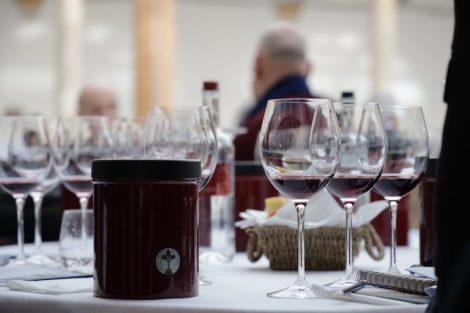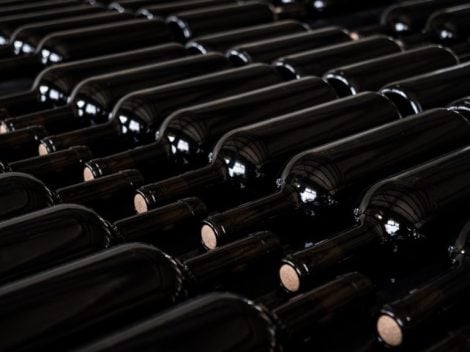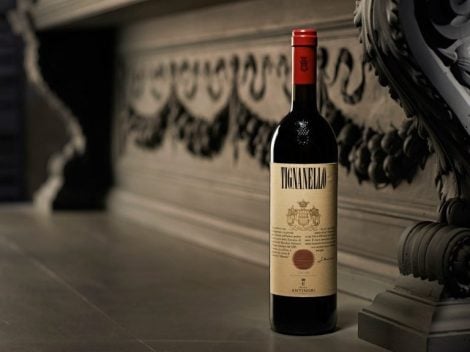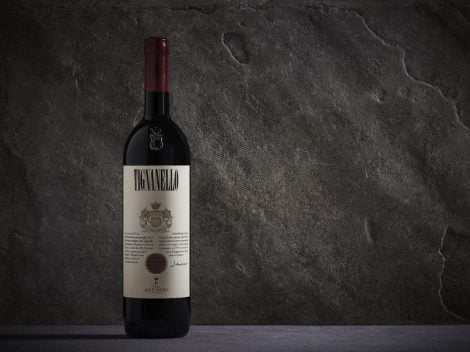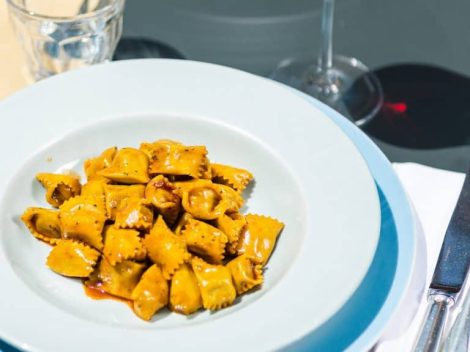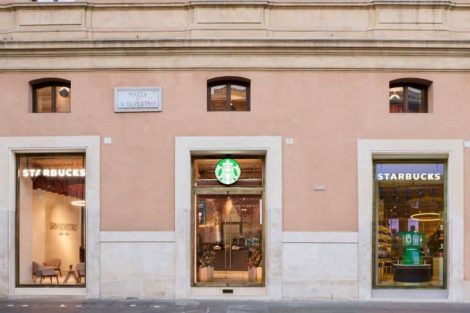Italian wine, a daily consumption
The history of Italian wine is a peasant story, as befits a country with a long and consolidated rural tradition, which only after WWII began its metamorphosis towards a more modern future. In our peninsula, clergy and nobility have shown greater interest in power and art, spending their time between wars and patronage and leaving the task of producing food and wine to servants and sharecroppers. Without the pride and commercial foresight shown by kings, princes and transalpine dukes and without the dedication and minuteness of the Benedictine and Cistercian monks of Burgundy or Champagne, our wines have remained for centuries confined to simple local and daily consumption products.
The rise of price
Instead, the great French wines began to become luxury products, causing prices to rise and creating widespread wellbeing for the entire sector. Finally, with the advance of modernization and knowledge including in agriculture, considered the Cinderella of our country, the organoleptic quality of Italian quality products has risen to reach very high standards able to compete with anyone. Furthermore, the transport revolution and the increased speed of information and communication have made the globe ever smaller. So our wines have started, thanks to our emigrants, to travel the world and make themselves known.
International success
In the last two decades, our most popular territories and our most loved grapes have become true international must-haves. Our great wines have positioned themselves at the highest levels, recovering a temporal (and cultural) gap of at least a century and a half towards French wines. Today, following the whole supply chain of terroir wines and rare wines, driven by the great Bordeaux and the great Burgundy wines, even the best wines of the Peninsula (from Tuscany the Brunello di Montalcinos and Bolgheri, and from Piedmont Barolos and Barbarescos) have become luxury products, affecting a world that until a few years ago had always considered them as simple agricultural products, without ever grasping the cultural and social aspect.
Investors and investments
With the advent of the first private investors and large international investment funds in sleepy Italy - who, as a result of the increase in price of the best known bottles, have become mere observers in regards to real actors of our field - in only a few years the prices of the most suitable land have shot upwards. If we look back and think about how much agricultural land - even viticultural - have been taken over by real estate (thanks to vision-less policies) we realize how far we've come.
The current scenario
Today, one hectare of land in Montalcino or in the Barolo area is worth from 500,000 to 3 million euros, knowing that shortly that figure will exceed 5 million euro. This changes the status quo: the production of wine passes from the hands of peasants-winemakers to those of multinationals and investors. Will this change the taste of our best reds, created by centuries of wisdom of the soil? We trust in everyone's common sense.
by Gianni Fabrizio

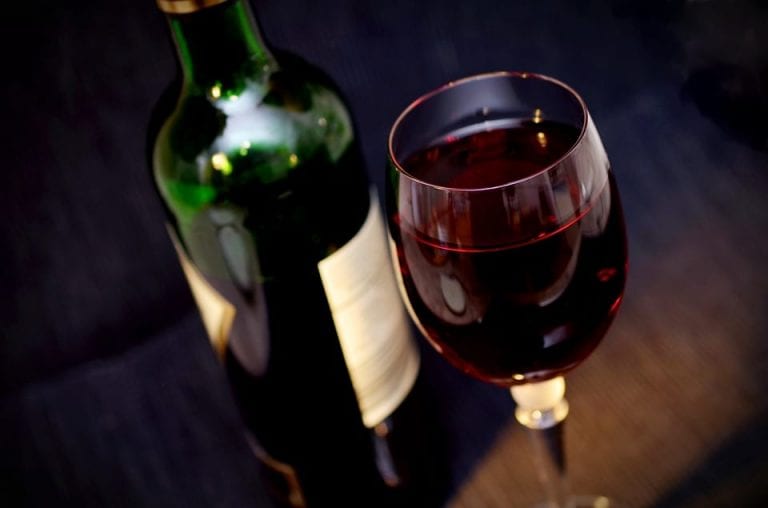
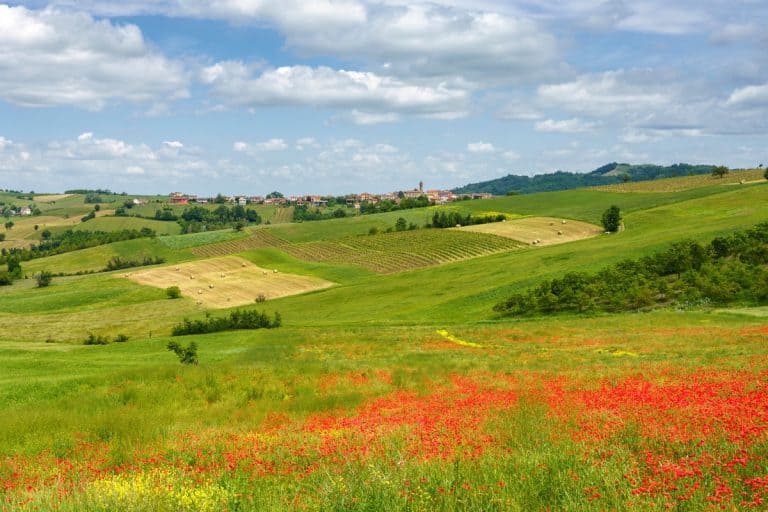 Timorasso: the red wine dressed as white from the Colli Tortonesi. Here are the 16 best labels
Timorasso: the red wine dressed as white from the Colli Tortonesi. Here are the 16 best labels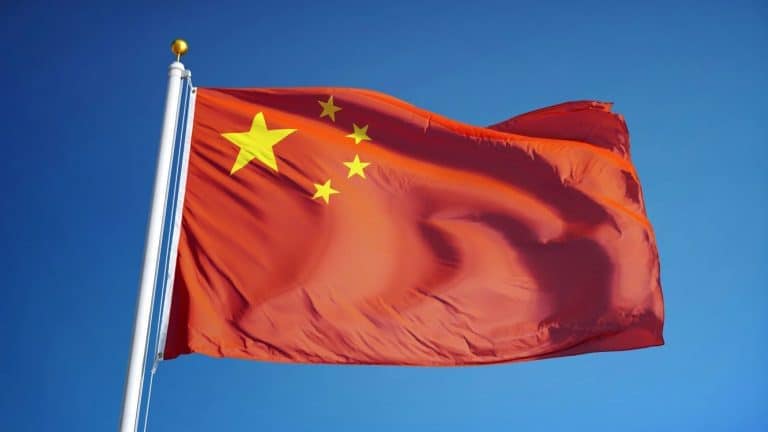 It’s official: China joins the International Organisation of Vine and Wine
It’s official: China joins the International Organisation of Vine and Wine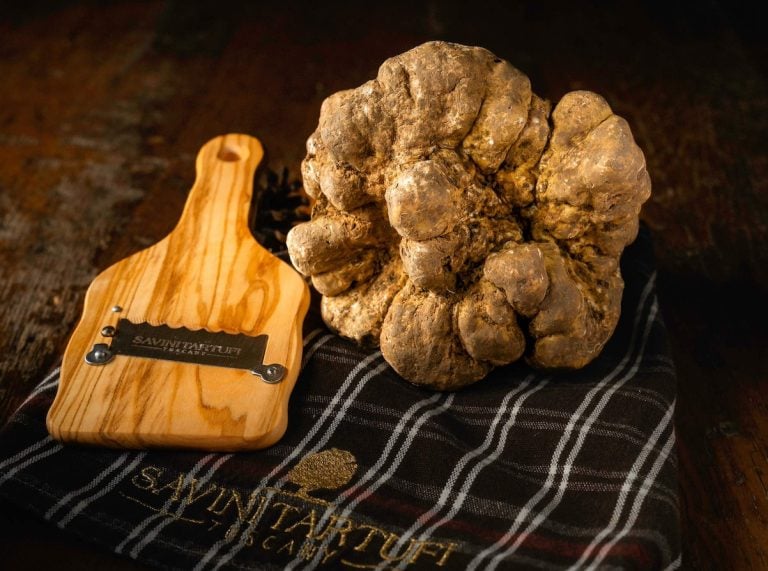 How and where to buy white truffle from Alba at a fair price: tips from an expert
How and where to buy white truffle from Alba at a fair price: tips from an expert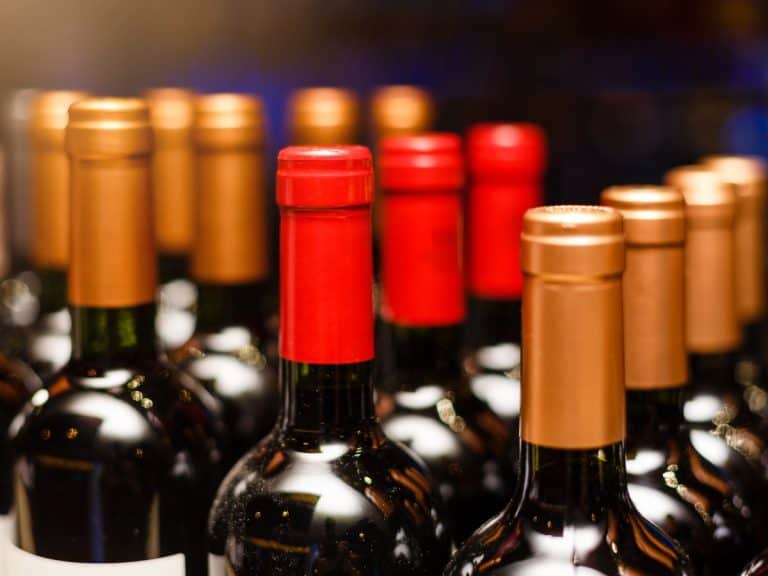 The Italian wines with the best value for money: here are the National awards from Berebene 2025 guide
The Italian wines with the best value for money: here are the National awards from Berebene 2025 guide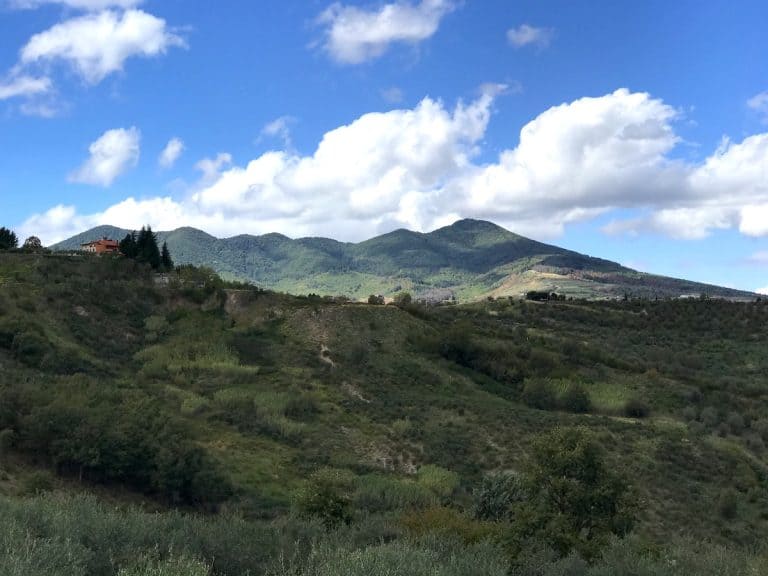 Where to eat in Venosa, the home of Aglianico del Vulture
Where to eat in Venosa, the home of Aglianico del Vulture